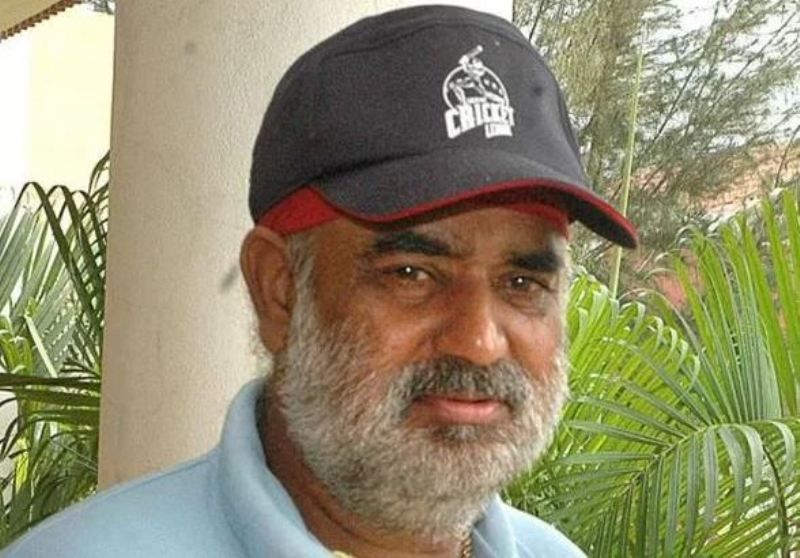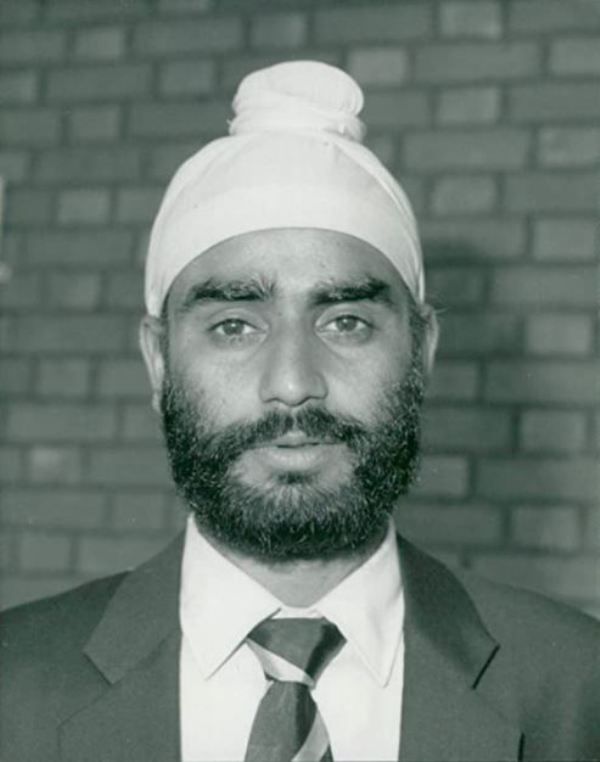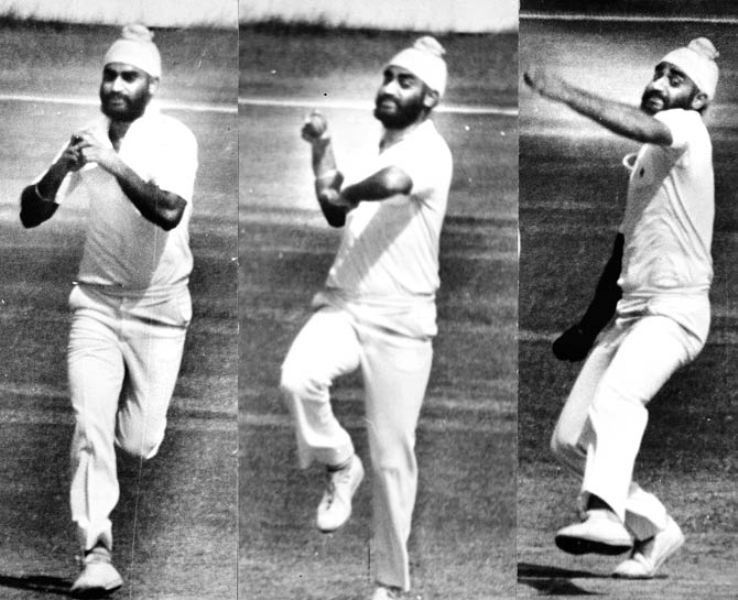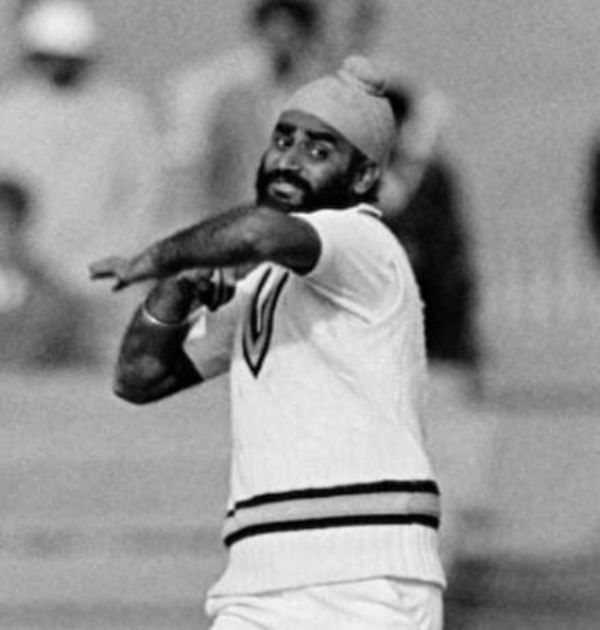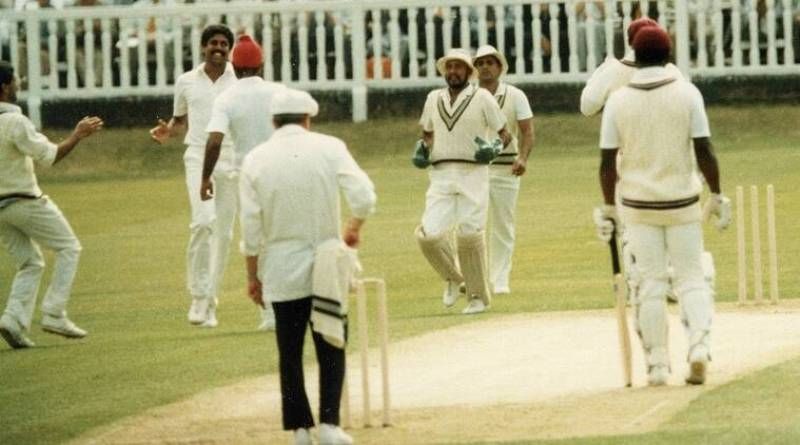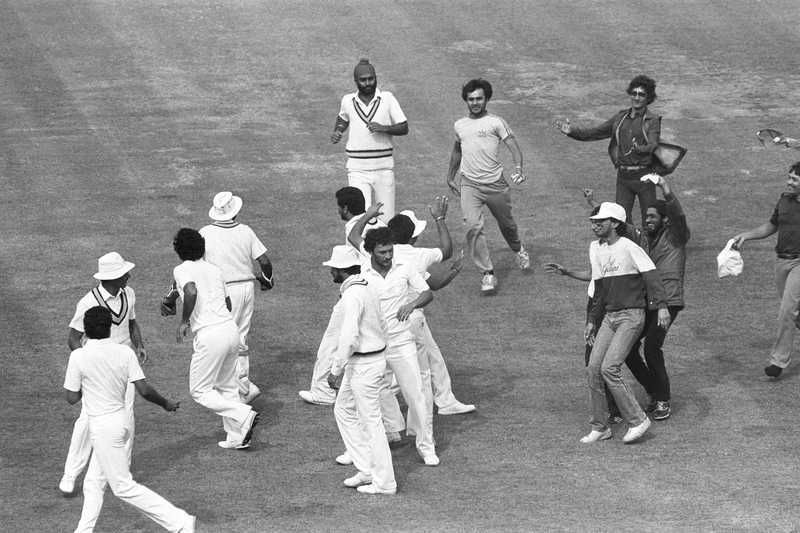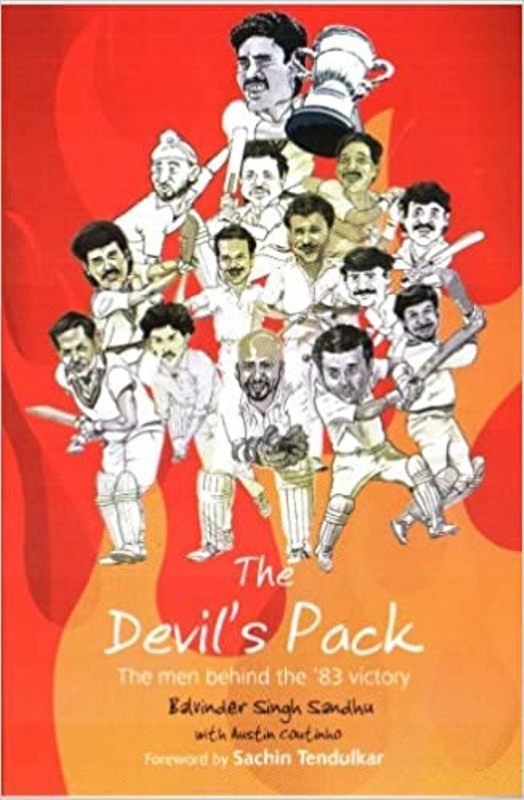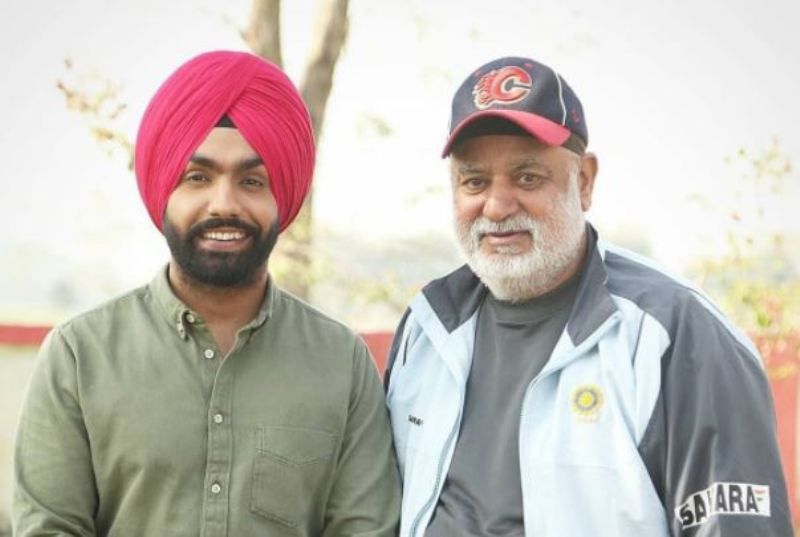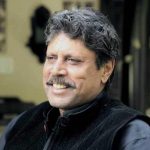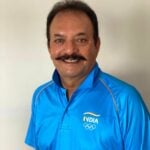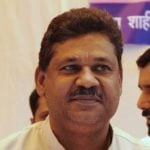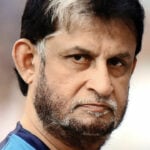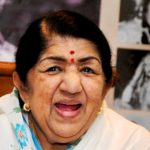Balwinder Sandhu Height, Age, Wife, Children, Family, Biography & More
| Bio/Wiki | |
|---|---|
| Real name/Full name | Balwinder Singh Sandhu [1]Firstpost |
| Profession | Cricketer (Bowler) |
| Physical Stats & More | |
| Height (approx.) | in centimeters- 180 cm in meters- 1.80 m in feet & inches- 5’ 9” |
| Eye Colour | Dark Brown |
| Hair Colour | Grey |
| Cricket | |
| International Debut | ODI- On 3 December 1982 against Pakistan at Jinnah Stadium Gujranwala Test- On 14 January 1983 against Pakistan at Niaz Cricket Stadium at Hyderabad in Pakistan T20I- Did not play Note- There was no T20 at that time. |
| Domestic/State Team | • Mumbai • Eagle Thane Strikers |
| Batting Style | Right-handed |
| Bowling Style | Right arm medium-fast |
| Record | Highest score by a debutant at no. 9 in Test cricket |
| Batting Stats | Tests Matches- 8 Innings- 11 Not Outs- 4 Runs- 214 Highest Score- 71 Average- 30.57 100s- 0 50s- 2 0s- 1 One Day Internationals Matches- 22 Innings- 7 Not Outs- 3 Runs- 51 Highest Score- 16 Average- 12.75 Ball Faced- 97 Strike Rate- 52.57 100s- 0 50s- 0 0s- 2 |
| Bowling Stats | Tests Matches- 8 Innings- 10 Overs- 170.0 Maidens- 32 Runs Conceded- 557 Wickets- 10 BBI- 3/87 BBM- 3/87 Average- 55.87 Economy- 3.27 Strike Rate- 102.0 5W- 0 10W- 0 One Day Internationals Matches- 22 Innings- 21 Overs- 185.0 Maidens- 15 Runs Conceded- 763 Wickets- 16 BBI- 3/27 Average- 47.68 Economy- 4.12 Strike Rate- 69.3 4W- 0 5W- 0 |
| Personal Life | |
| Date of Birth | 3 August 1956 (Friday) |
| Age (as of 2024) | 68 Years |
| Birthplace | Bombay (now Mumbai), Bombay State (now Maharashtra) |
| Zodiac sign | Leo |
| Signature | 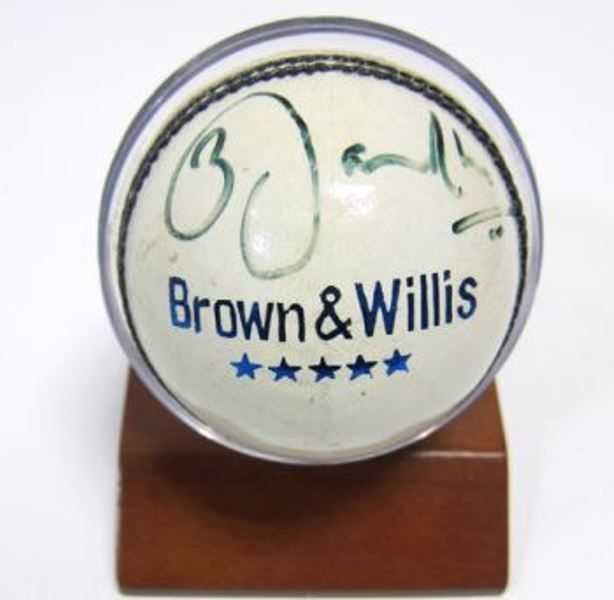 |
| Nationality | Indian |
| School | Guru Nanak Technical High School, Mumbai |
| College/University | • Guru Nanak Khalsa College, Mumbai • Khalsa College & Jhunjhunwala College • RN Jhunjhunwal College, Ghatkoper |
| Educational Qualifications | Master of Arts, Economics (1978 - 1984) [2]LinkedIn Corporation |
| Address | Neelkanth Gardens in Govandi near Chembur, Mumbai |
| Relationships & More | |
| Marital Status | Married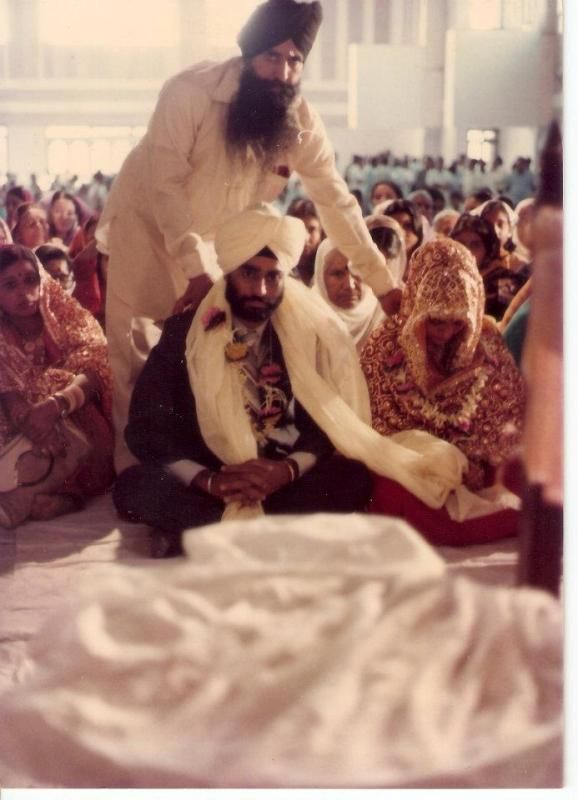 |
| Family | |
| Wife/Spouse | Ravinder Kaur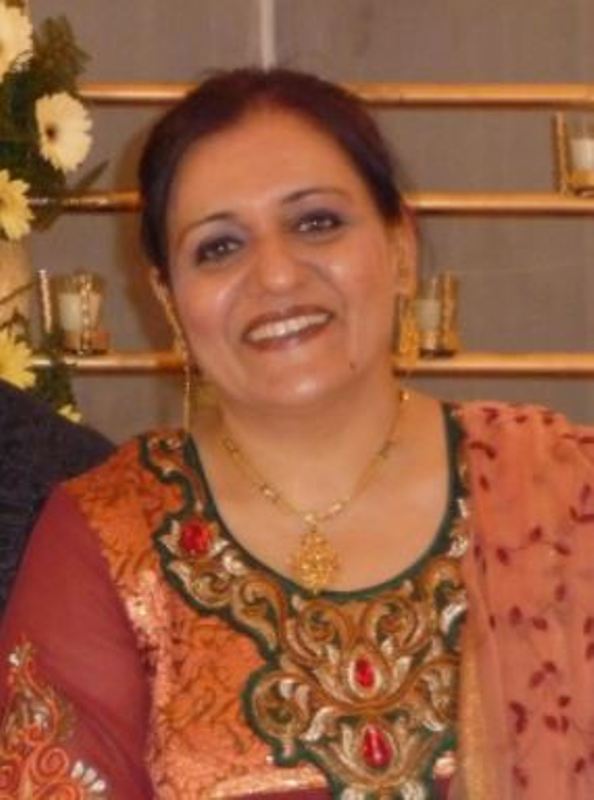 |
| Children | Daughters- Timrar Kaur ( Nazo), and Jankeesh Kaur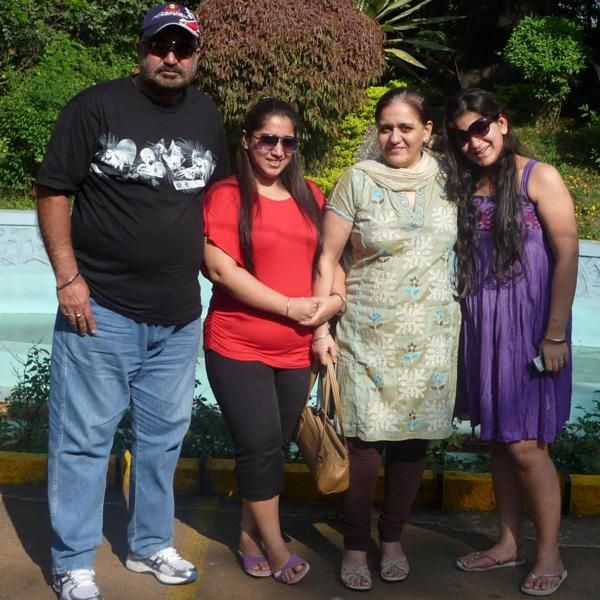 |
| Parents | Father- Harnam Singh Naz (Renowned Poet)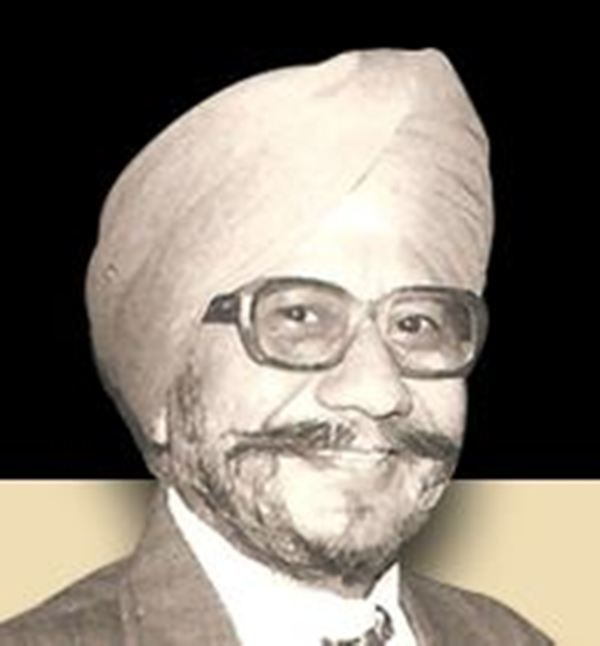 Mother- Gurcharan Kaur Stepmother- Surjit Kaur |
| Grandparents | Grandfather- Sardar Jagat Singh Sandhu ( Malay army as “Havaldhar) Grandmother- Jawal Kaur |
| Siblings | Sister- Paramjit Kaur (married Sajjan Singh Cheema, an Indian Basket-ball player, now an SSP in the Punjab Police and an Arjuna Awardee) Stepsister- Nirmal Kaur |
| Favourites | |
| Cricketer | Kapil Dev |
| Sports | Hockey, Football, Badminton |
Some Lesser Known Facts About Balwinder Sandhu
- Balwinder Sandhu is a former international cricketer who played for India as a medium-fast bowler and a handy tailender. He played a crucial role for India in lifting the 1983 World Cup trophy. He was originally an inswinger bowler but later added out-swing to his armory while playing in Kanga Cricket League.
- His father was working in the Public Health department of the Punjab Government till 1948 and then shifted to Bombay (now Mumbai). He joined the Railways as a Ticket collector.
- He started watching cricket at the age of three. He used to play near his house during childhood with a tennis ball. After shifting to Nehru Nagar in Kurla, he saw the bigger ground and decided to play there. However, it was dirty so Balwinder (at that time he was 14 years old) thought of cleaning it with his friends. They all cleaned it and made a pitch right in the center of the ground and this started the rise of Balwinder’s interest in cricket.
- When he was 16 years old, he went to a summer vacation camp organized by the Bombay Cricket Association. He revealed,
“The only reason I went there was because all my friends were going, and I didn’t know what to do. I was good at tennis ball cricket and used to bowl off-spinners as well as bat very well. But I wasn’t interested in leather ball cricket and was a bit scared while batting. Baba Sidhaye was the coach at that time, and he was quite impressed by my bowling. Although I got selected, I wasn’t very serious for two-three years.”
He started becoming serious in cricket after joining Jhunjhunwala College where his performance got drastically improved and that instilled more passion in him. In that phase, he took 25 wickets in three matches.
- He started bowling pace when during Kanga Cricket League, his team’s fast bowler hasn’t come so Balwinder decided to go with the pace. Interestingly, he was getting wickets but was struggling on dry pitches. Then he learned the art of swing bowling.
- Remembering his experience with Ramakant Achrekar, he told,
“When I was playing in Achrekar Sir’s team, he used to say, “Tumhare paas inswing achha hai, usko develop karo,” [you have good inswing, you should develop it]. In matches organized by Sir, I used to bowl 20-25 overs in a game. That helped in my accuracy. Later on, I came to know that Achrekar Sir had given instruction to all the captains, “Ye Sardar ki bowling band nahin karne ki. Jab tak isko maar nahin padti ya ye thak nahin jaata,” [Don’t stop this Sardar’s bowling till he is hit for runs or he tires out]”
- His career in cricket started late in 1980 when he was spotted by the former first-class cricketer Yeshwant ‘Baba’ Sidhaye during a summer training camp. Next year, he came under the eye of famous coach Ramakant Achrekar and spent a few years at ‘Shivaji Park’ maidan, Mumbai.
- He played his maiden first-class game in 1980-81 for Bombay when their regular fast bowler Karsan Ghavri was out of the game as he was playing international cricket. Sandhu did not get a chance to play in the first two games but eventually, he debut against Gujarat where he took nine wickets. Still, he was kept out of the side to play the final against Delhi. It’s only when Ravi Kulkarni was dropped out, he came into the side where he took nine wickets in that match. He bowled the opening spell and helped Bombay to Delhi at 18 for 5 at one stage. He ended with nine wickets in that match and 25 wickets at an average of 18.72 in the whole tournament.
- Before that tournament, he played Sind Sports Club at Kanga Cricket League in 1979 for Rajasthan. In the first match, he took four wickets for 36 runs and helped his side bowled out United Cricketers for 90 runs. In the next match, he took 7 for 35 against Shivaji Park Gymkhana. [3]Mid-Day
- His entry to the Indian team came when he took five wickets in the Irani Trophy and eight wickets in a Duleep Trophy for West Zone in the 1982-83 season. He also scored 56 runs while batting at number 11 for West Zone.
- As Madan Lal was out of the match due to a Heel Bone injury, Sandhu got the chance to play the fourth test at Hyderabad where he dismissed Mohsin Khan and Haroon Rashid off the successive deliveries. However, Javed Miandad and Mudassar Nazar went on to set the World record partnership of 451 runs. Sandhu then scored quickfire 71 runs while batting at number nine and had a crucial partnership with Mohinder Amarnath. These 71 runs came at a time when India was 72 for 7.
- In the following season against West Indies at Bridgetown, he scored 68 runs in the first inning. In the next test, he dismissed three Caribbean batters for just one run.
- Then came the 1983 World Cup where he had 22 runs partnership for the tenth wicket along with Syed Kirmani and helped India to score 183 in the finals of the tournament against West Indies.
- During that inning, he was hit by the bouncer of Malcolm Marshall’s bowling on his ears. Recalling that moment, he said, [4]Indian Express Limited
“It was like somebody had given me a hard slap. All I could feel was that my ears had become hot and that there was this whistling sound in my left ear. But I also knew one more thing – I had to show them I was feeling no pain. The moral victory had to be mine. I did not even rub the area that was hurting, I turned and faced Marshall as if nothing had happened.”
He further adds,
“West Indies knew I could be a stubborn No. 11. I was holding one end up and frustrating them. They wanted to get rid of me. Not only Marshall, but all of them were also digging it in at me. But that blow to the helmet made me even more stubborn. ‘Now I’ll show you!’ I thought.”
- When West Indies came out to bat, Balwinder Sandhu bowled the opening spell along with Kapil Dev. He struck the major blow for West Indies by dismissing Gordon Greenidge, which set the tone for India’s victory. That Delivery was famously known as banana skin delivery’. [5]Rediff.com Talking about that dismissal, in an interview he told,
“Kapil Dev and I have a running argument on this. I keep telling him that the Richards wicket was the game-changing moment because of the crucial stage it came at. My ball to get Greenidge out gave us a foot in the door, but it was Kapil’s catch which opened the door for us. But the Greendige wicket gave us hope, and the world lives on hope.”
- Balwinder Sandhu revealed his dismissal of Gordon Greenidge during the 1983 Cricket World Cup in an interview. He told,
“By this time I knew that he wasn’t picking up my in-swingers when I was bowling close to the stumps. When he was at the non-striker’s end in the final, I kept on bowling out-swingers to [Desmond] Haynes. The ball was swinging to a long extent in those opening overs. Then, when I bowled to Greenidge from close of the stumps he thought it was an out-swinger and left it. The ball hit the seam and came back to bowl Greenidge.”
- The last test of his career came against the Windies on 12 November 1983 in Ahmedabad. He took the single wicket in their second inning with Kapil Dev taking all nine wickets for 83 runs. Later in 1984-85, he scored 98 against Tamil Nadu and helped Bombay to take the first-innings lead in the Ranji semifinal.
- After retiring, he served as the coach of Mumbai and Punjab. He also worked with the National Cricket Academy. In 1990, he played in the Kenyan club. He also coached Baroda where he made subtle changes in Indian fast bowler Zaheer Khan‘s run-up. Under his tenure, Baroda came at the top four in Ranji Trophy season. In 2008, he was associated with the Indian Cricket League (ICL) for some time.
- From September 2006 to June 2007, he served as the Head Cricket Coach in MP Cricket Association.
- From July 2008 till date, he is the Cricket Consultant at NACL Inc.USA.
- From August 2008 to April 2010, he became the Director of Academy at Essel Sports Pvt. Ltd.
- He authored a book titled ‘The Devil’s Pack’ which was published on 1 February 2011. This book is about India’s journey in winning the 1983 Cricket World Cup.
- From November 2012 till date, he is the Director Cricket Operations at The Sports Gurukul.
- In January 2015, he joined as the Managing Director at Inswing Broking LLP.
- On 24 December 2021, a Bollywood movie named ’83’ was released where Ammy Virk has played the role of Balwinder Sandhu.
- His uncle Harcharan Singh has played the 1975 Hockey World Cup.
- He rates Kapil Dev’s 175 runs against Zimbabwe in the 1983 World Cup as the best innings ever in one-day cricket. [6]Rediff.com
- Revealing some memorable moments in the 1983 World Cup, he told,
“This is one incident that is still fresh in my mind. I was fielding on the boundary line during the final and there was this West Indies fan who was telling me that India can’t win the World Cup, West Indies will win the World Cup. When I got the first wicket, he again started taunting me saying, ‘India can’t win the World Cup; West Indies will win the World Cup. Wanna bet man?’ He kept on repeating those lines throughout the game even though the West Indies were losing wickets regularly. Even after they were nine down, he kept supporting his team. I think that is the kind of support each team would like to have and that is something I cannot forget. That is the West Indies spirit; they enjoy good cricket, they cheer good cricket and they love their team and cricketing heroes even if they fail at times.”
References/Sources:

